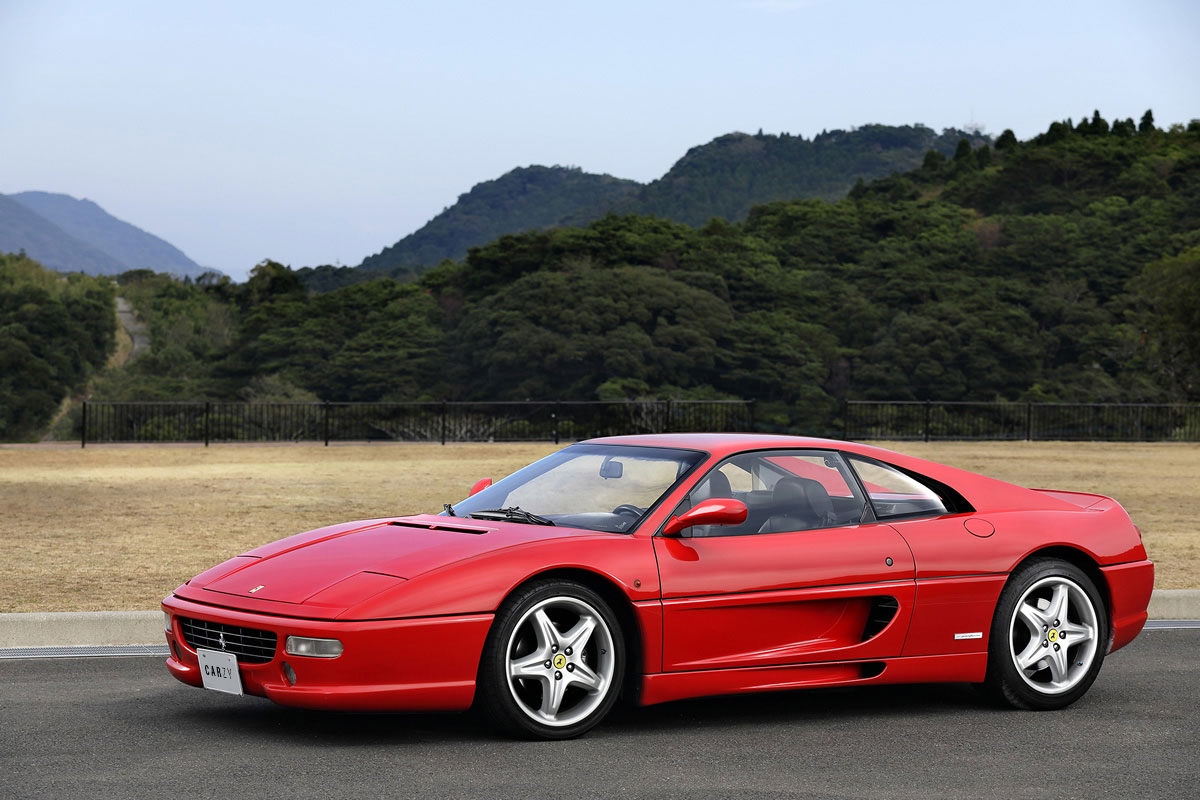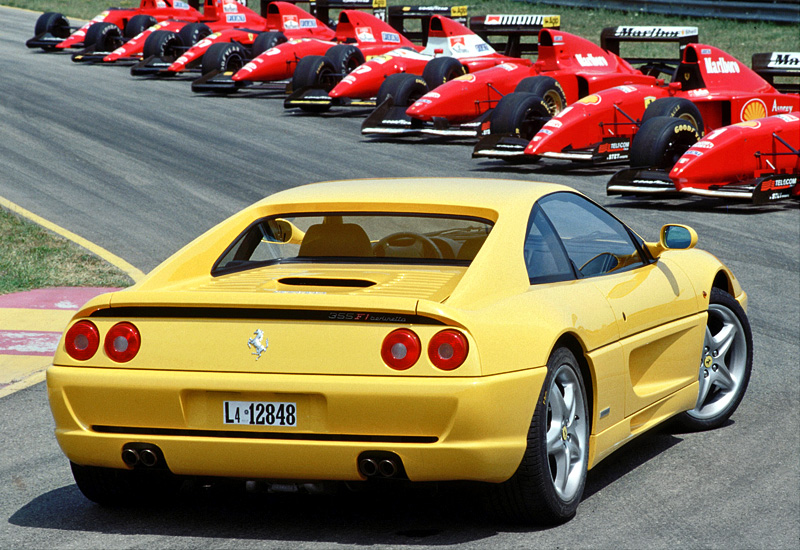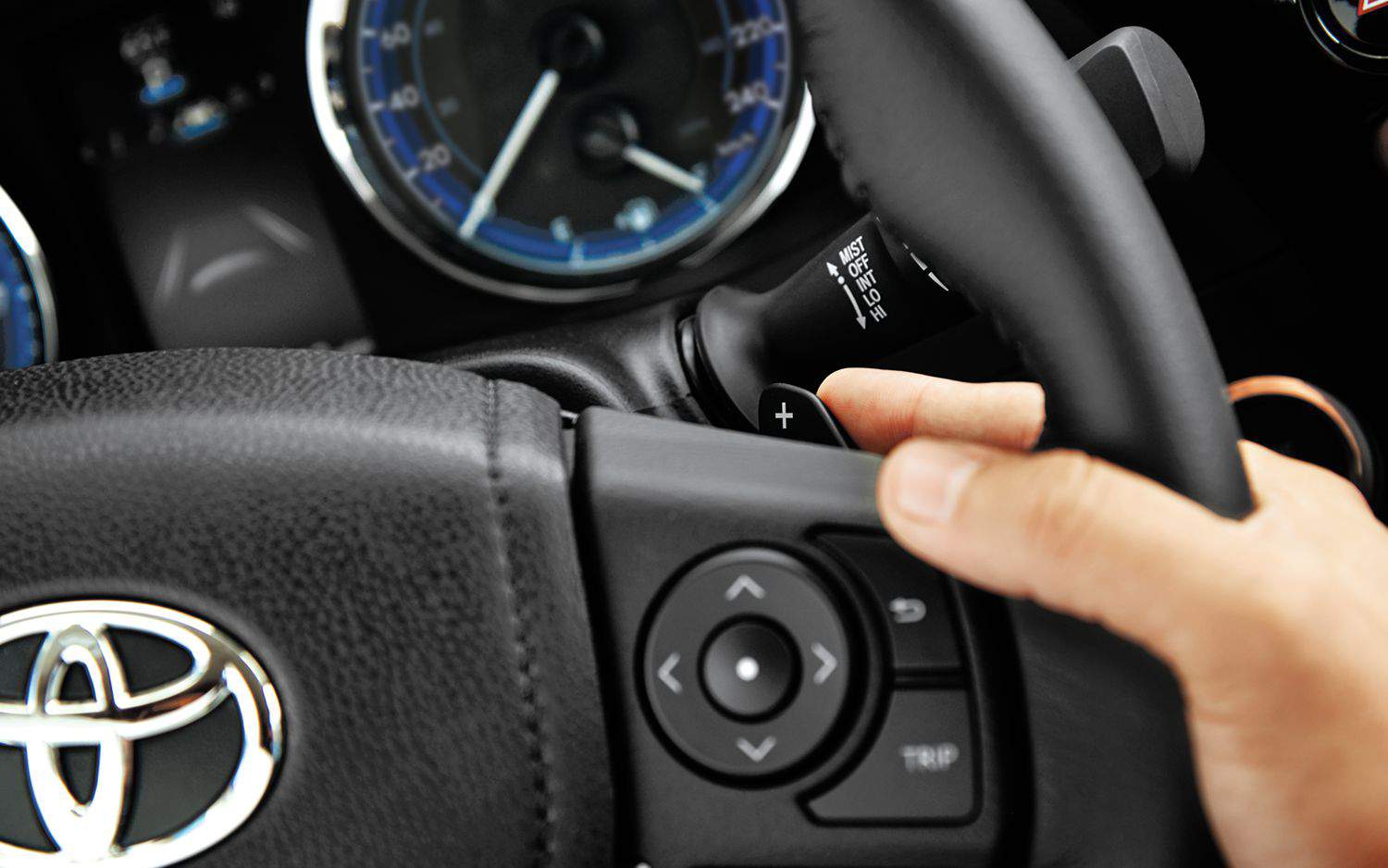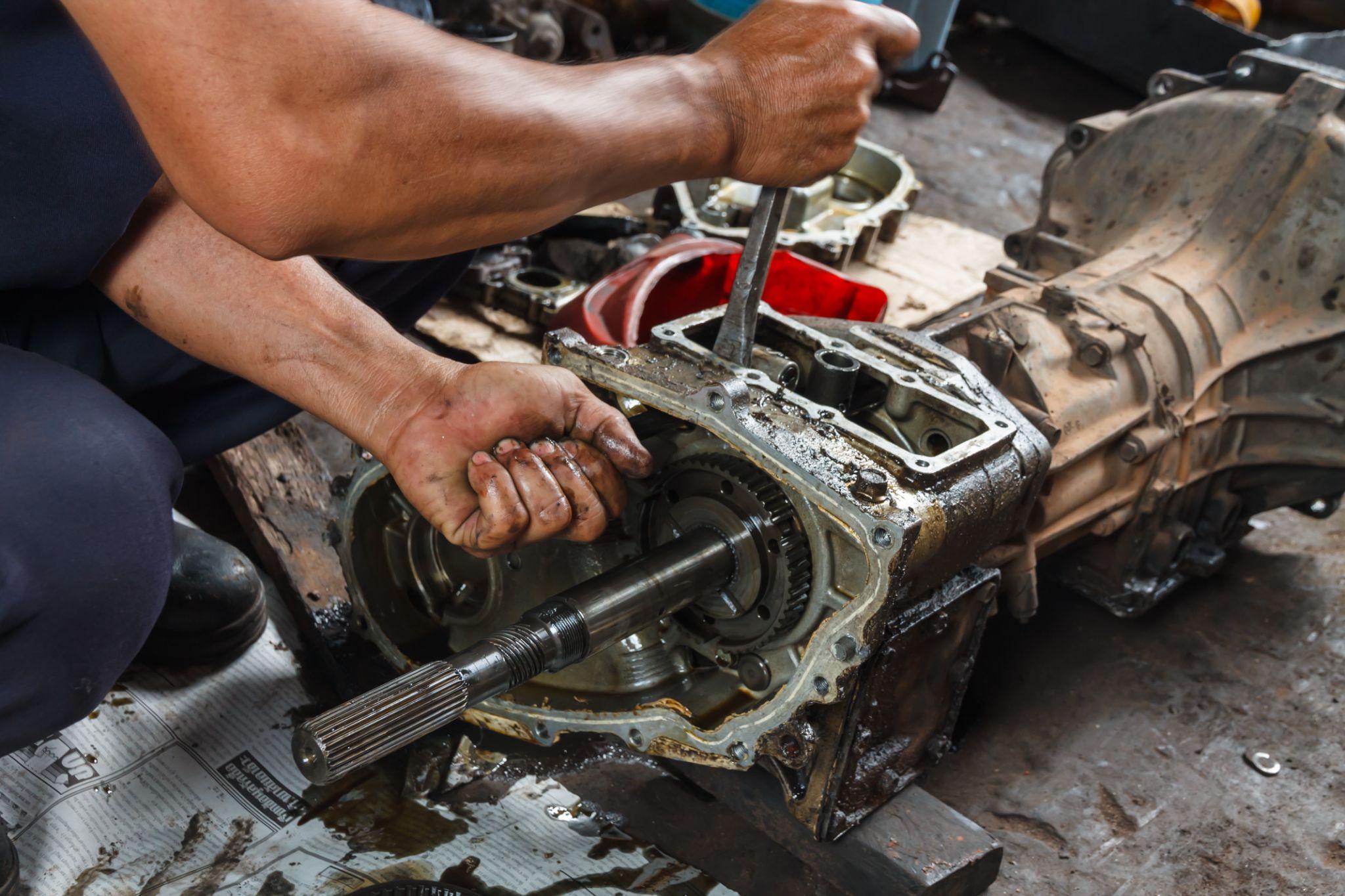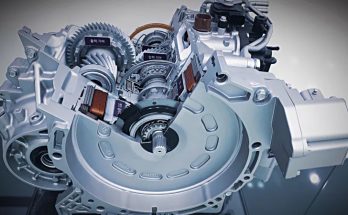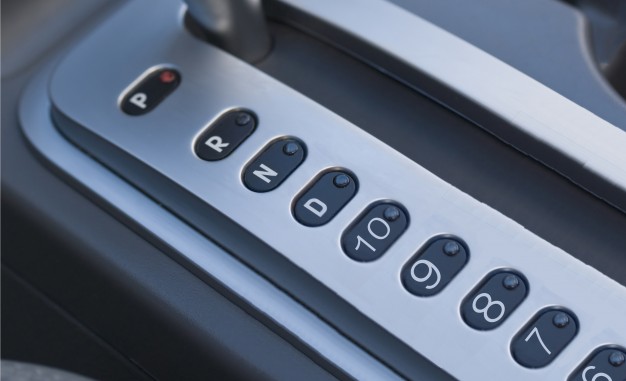If you get behind the wheels of a modern day passenger car, there is a fair chance your fingers will meet with a brace of plastic blades with + and – markings. The paddle shifter, or flappy-paddle gearbox, has transcended its original application in F1 race cars and found its way into everything from under-powered crossovers and hatchbacks with CVTs to SUVs and family sedans.
Related: Automatic vs Manual vs CVT: Different Transmission Types Explained
Although we are seeing these paddle shifters in passenger cars since last few years only, they became a standard feature of F1 race cars long time ago. Their adoption in Formula One in the late 1980s was a revolutionary leap, since the placement of paddle shifters on the back of the steering wheel meant drivers could manually shift gears while keeping their hands firmly on the wheel, making it easier to maintain control of the vehicle at extremely high speeds.
But in 1995, Ferrari decided to transfer its motorsport know-how to the road with the development of its Selespeed transmission which was deployed in the F355 Berlinetta. Equipped with a mid-mounted, five-valve-per-cylinder 3.5L V8 engine, Ferrari felt drivers would best be able to harness the full potential of the 398hp Berlinetta by keeping both hands on the steering wheel.
The system is bolted to the F355’s six-speed manual gearbox and its single-plate clutch and utilizes an electric oil pump feeding 6 hydraulic electrovalves that mechanically actuate gear selection and clutch operation. The whole operation is overseen by a central processing unit that monitors such parameters as throttle valve opening, vehicle speed, engine revs, temperature and present gear selection, as well as the transmission presets (Normal, Sport, Ice, Automatic). This system cuts the clutch operation time from the 270 milliseconds of a standard gearbox to just 150 milliseconds.
Related: The Dos and Don’ts of DCT
The Ferrari F355 Berniletta was a high-performance sports car, but whats the point of offering this system in normal day passenger cars? Well, since most of the vehicles these days come equipped with automatic or CVT transmission, paddle shifters are simply meant to enhance the driving experience (in automatic) and simulate (in case of CVT) the driving experience of a traditional transmission since they can hold to a specific gear ratio and simulate “shifting” to another gear ratio.
Since there is no real ‘feel’ of gear change in CVT which is a step-less transmission, the overall experience of driving a vehicle is sort of boring for most car enthusiasts. Hence the paddle shifters on a CVT transmission are generally used to hold to a specific gear ratio. Instead of relying on a computer to analyze the load on the engine and the amount the accelerator pedal is being pushed to decide what “gear” to be in, Paddle Shifters on a CVT allows you to hold onto a gear ratio at will, when you want more torque such as for driving hard around a corner or as simple as applying engine braking down a slope since more control over the vehicle is always preferred by enthusiasts.
Related: Manual or Automatic- Which One You Should Buy?
Almost any transmission can be made to work with paddle shifters. They are certainly used on regular automatic transmissions with planetary gears, but they are also used with automated manual transmissions, dual clutch transmissions and of course CVT with infinite gears.

A computer animation professional with over 23 years of industry experience having served in leading organizations, TV channels & production facilities in Pakistan. An avid car enthusiast and petrolhead with an affection to deliver quality content to help shape opinions. Formerly written for PakWheels as well as major publications including Dawn. Founder of CarSpiritPK.com

